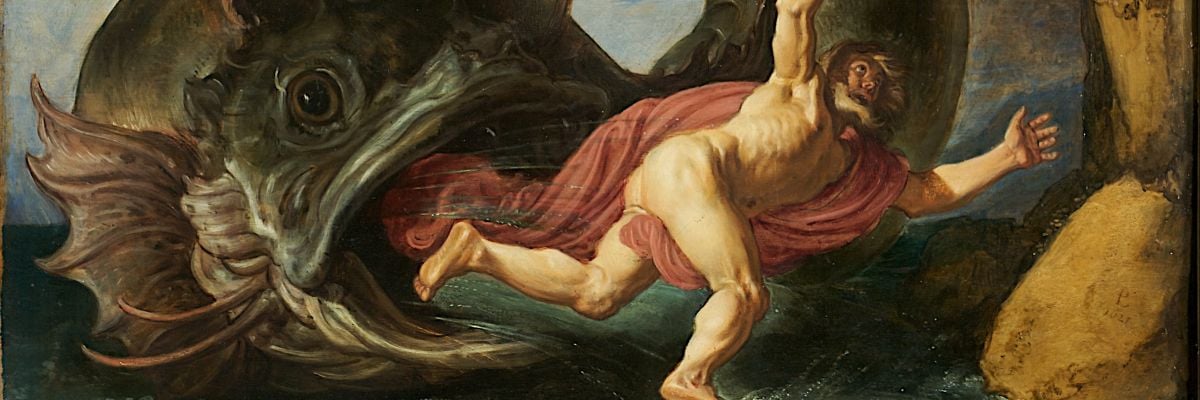
Question:
Answer:
Biblical typology refers to when a person, event, thing, etc.—usually from Old Testament times—foreshadows someone or something or event, etc., in the New Testament/New Covenant era. For example, in the Old Testament, Jonah’s three days in the belly of a whale prefigure Jesus Christ’s three days in the tomb (Matt. 12:38-42). In addition, Melchizedek’s offering of bread and wine (Gen. 14:17-20) prefigures Jesus’ offering of his body and blood, soul and divinity under the appearances of bread and wine in the New Covenant (Matt. 26:26-28; Heb. 5:7-10).
So we see that a similarity must exist between the type and the archetype, and yet the latter is always greater. In addition, the destruction of the Jerusalem in 70 A.D., which Jesus prophesied, prefigures the end of the world.
For more on typology, please see CCC 115-118 and 128-130, as well as this related article in Catholic Answers Magazine.



